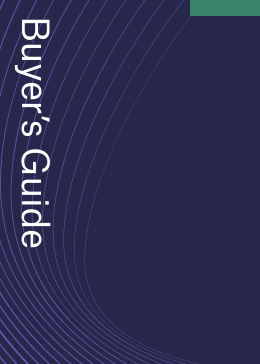
The global military rotorcraft market is set to experience growth in the coming decade, driven by the replacement of ageing helicopter fleets and increasing geopolitical tensions.
Initiatives by global militaries to acquire modern rotorcrafts, coupled with the rise in defence spending and technological advancements, are expected to propel the market to reach $28.4bn by 2033. These findings are revealed in a new report titled “Global Military Rotorcraft Market – 2023-2033,” published by GlobalData, a prominent data and analytics company.
Rising geopolitical tensions drive demand
GlobalData’s report highlights that replacing legacy platforms with advanced rotorcrafts significantly contributes to the market’smarket’s growth. For instance, the United States has initiated the Future Long-Range Assault Aircraft program, procuring the V-280 Valor to replace its Sikorsky UH-60 Black Hawk helicopters.
With this trend unfolding across major countries, the military rotorcrafts market is projected to grow at a compound annual growth rate (CAGR) of approximately 3.8%, from $19.6bn in 2023 to $28.4bn by 2033.
Regional power struggles and territorial disputes also play a pivotal role in driving the demand for military rotorcrafts. Ongoing conflicts like the Russia-Ukraine conflict are leading European countries to increase their defence outlays, fueling the procurement of rotorcrafts.
Recently, HENSOLDT enhanced Ukrainian helicopter’s defence capabilities with self-protection sensor technology which shields Ukrainian Armed Forces from missile threats.
Geopolitical tensions and regional conflicts have compelled countries to allocate higher budgets for helicopter acquisitions, focusing on integrating emerging technologies to enhance mission efficiency. For example, the United States and China are leveraging artificial intelligence (AI) to reduce pilot workloads and aid decision-making during missions.
Hybrid propulsion systems are also being explored to improve flight performance in next-generation military helicopters, enabling superior flight and attack capabilities.
Moreover, countries like Turkey and South Korea actively pursue indigenization through technology transfer agreements and partnerships with global helicopter manufacturers. By establishing domestic research and development (R&D) and manufacturing infrastructure, these countries aim to reduce their dependence on imports to meet military requirements.
Ageing helicopter’s drives the market
Chandan Kumar Nayak, Aerospace and Defence Analyst at GlobalData underscores the importance of international cooperation in the face of the growing complexity and costs associated with military rotorcraft development. “The increasing complexity and cost of military rotorcraft development are necessitating international cooperation, as countries seek to share the costs and risks of developing and acquiring new rotorcraft platforms.
For instance, France, Germany, Italy, Greece, the Netherlands, and the UK have signed an MoU to develop a new medium-lift helicopter for NATO under the Next-Generation Rotorcraft Capabilities (NGRC) project.”
India, too, is bolstering its armed forces’ vertical lift capabilities through the development and induction of indigenously manufactured helicopters like the Light Combat Helicopter (LCH), Light Utility Helicopters (LUH), and Indian Multi-Role Helicopter (IMRH).
Among the segments in the military rotorcraft market, transport and utility helicopters are projected to dominate, driven by the rising demand for supply and logistics operations by armed forces worldwide. The need for multi-role capabilities and modern rotorcraft technologies significantly contribute to the increased demand.
The increasing demand for advanced rotorcrafts, coupled with the integration of emerging technologies and indigenization efforts by various countries, will shape the market landscape in the coming decade. As a result, the military rotorcraft market is expected to reach a value of $28.4bn by 2033, fostering a promising future for the industry.




